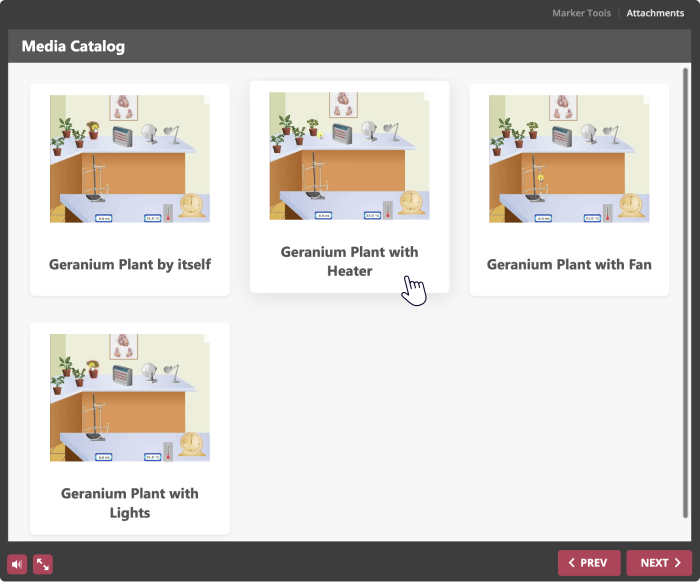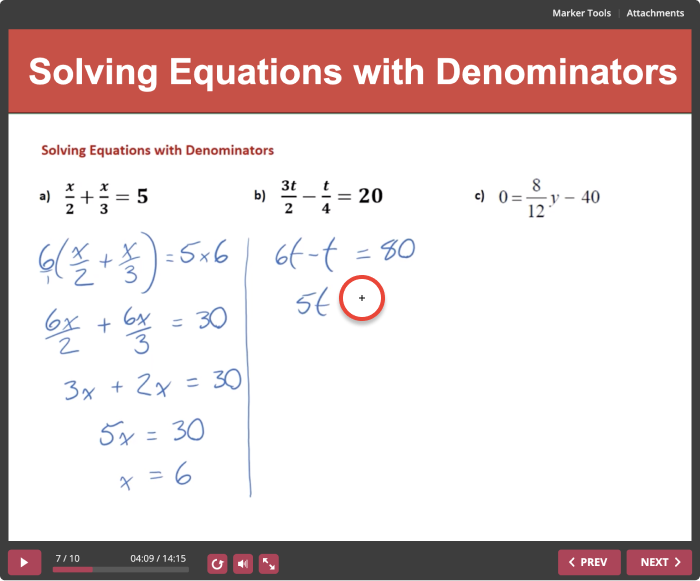Ontario Virtual School: “With iSpring, we create engaging eCourses for over 4,000 students”

Ontario Virtual School, based in Ontario, Canada, is one of the largest online high schools in the world. Mr. Gary Michael, principal of Ontario Virtual School, shared how iSpring helps create effective and engaging eLearning materials for students from all over the world.


Mr. Gary Michael, principal of Ontario Virtual School
Ontario Virtual School Background
Ontario Virtual School started in 2010 with just a few students, and we have been growing ever since. This year we have hit 4,000 students. Our school is accredited by the Ministry of Education to give out Canadian diplomas, and we create our learning content in accordance with the curriculum provided by the government.
We now operate in 15 different countries around the world, including in Asia, Africa, Europe, and the United States. Basically, we’re offering our students the ability to learn from their home country and still get a Canadian diploma. Upon getting the diploma, they can apply to a Canadian, American or UK university as direct students — not as an incoming student from abroad.
The Challenge: Making Online Courses Engaging
When we started, most of the high school eLearning content out there was text-based with images, maybe a few videos. Unfortunately, that’s still true for many eLearning institutions here in Canada: the students are literally reading PDFs to be able to learn the materials. So we decided to go for something more engaging.
We have used iSpring since version 5 or even earlier. We really liked the platform. It was compatible with Flash at that time, so the lessons were made to be really small and compact, and we were able to upload them to our LMS.
Even before Khan Academy was out, we started narrating our lessons, animating them, incorporating videos, and using Flash simulations with iSpring.
We noticed great results with our students, and we grew. iSpring Suite allowed us to easily bring in our lessons, narrate them, animate them, and put them in a nice package from which students would be able to learn best. So far, we have created over 70 courses with iSpring.
How we develop content with iSpring
Some of our teachers create courses themselves with iSpring Suite, but most of the content is developed and maintained by our developers. Every course starts off with a standard PowerPoint presentation that is usually provided by a teacher.
When we started in 2010, we gave our teachers just three requirements for their materials: to mention Ontario Virtual School in their title and ending page and to add a quiz. Then we took their materials, recorded narrations, and converted them to courses with iSpring Suite.
Now we’re taking advantage of iSpring’s Content Library. This allows us to have a uniform template and a set of characters that we provide to our teachers.
iSpring automatically gave us a professional look, even if our lessons were using clip arts and animations from Windows 95.
We also try to take advantage of other iSpring functions to make the lesson more engaging to students.
None of us read through iSpring manuals; we just play with the features to see what we can do.
Video narrations
The ability to narrate the lesson and present it in a very user-friendly way is vital for us. This is the benefit of online education over even day-school education — that the student can move at their own pace and go back if they don’t understand a concept. That’s a huge advantage for us.
We also encourage our teachers to record the narrations themselves, because it creates a more intimate experience for students.
It’s been proven that if students have someone to look at, they are a lot more engaged than if they were to look at a screen.
Interactions
I really like that iSpring has started adding more interactions. I’ve noticed that our teachers are using and enjoying them: timeline, labeled graphics — just to name a few. With interactions, teachers can fit more information into one slide in a very easy-on-the-eye, easy-to-manage way.
Dialogue simulations
Another feature we find really useful is dialogue simulations. In one of our career courses, the teacher created a job interview role-play. The students could go through a mock interview with multiple branches and possible responses, and the teacher created feedback for each response. In the end, they assigned points for each proper response, and the teacher was able to score every student. It was great!
Screencasts
Another great feature is screen recording. Our teachers have started using it for mathematics courses, because it’s nice to see the process of somebody actually going through the lines, equation by equation, instead of just showing something popping up on the screen. With iSpring Suite, teachers are also able to highlight things on the recording, which is also a fantastic option.
Quizzes
Assessments are vital for online education. How do you know the child understood the lesson? What did they know before? What did they know after? To answer all these questions, we use quizzes by iSpring.
At the beginning of every unit, we do diagnostic quizzes. We ask students questions about what they already know about the topic. Then at the end of each lesson, we have a quiz about the topics that were taught in that lesson. That’s how we can check their own understanding and find out what they’ve learned.
How we evaluate course effectiveness
When it comes to evaluating the effectiveness of each course, we have three levels of success metrics:
Course popularity
Obviously, if the course is popular and lots of students register for it, we consider it successful. But that’s just one side of it because the fact that it’s popular doesn’t necessarily mean that the material was developed well. Maybe it’s just a course many students need in order to graduate.
Students’ questions
If the lesson was planned and designed effectively, and all the information was clear and well put, students won’t be asking questions. If there’re no questions after the lesson, it means everything worked: the concepts, the layout, the quizzes, the animations, the simulations. A child is able to do this quiz at the very end and get a perfect score.
Teacher’s support
For us, it is very important how supportive the teacher was in the process. For example, if a student didn’t log in to LMS for a while, was the teacher involved contacting the student to make sure they’re engaged? Do they keep the families involved? All these things are also very important to us because we want to give students and their families a positive educational experience.
What’s next?
In the future, we are planning to introduce a number of free courses outside of the curriculum to help students with education as well as being great and efficient learners in an online class.
Also, in our province, there is talk of making online education mandatory. That means every student in high school will have to take four mandatory courses. If that’s a go, we will be one of the leading providers of online education in Ontario. So, we’re planning to create a lot more engaging content with iSpring.







